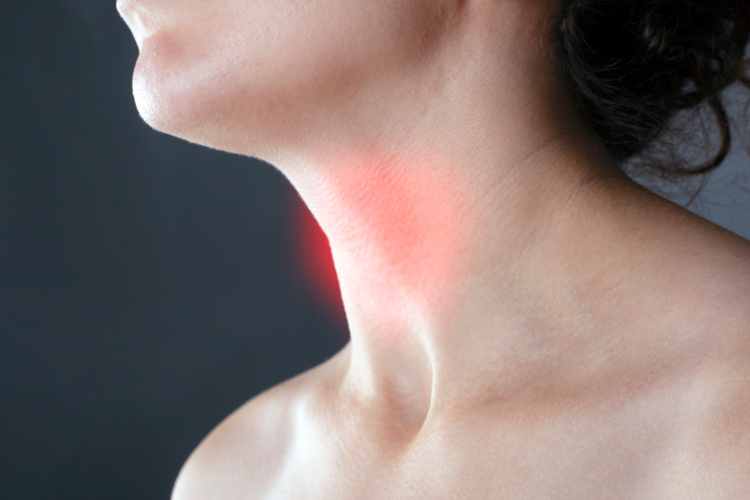Lymph nodes are small, oval-shaped organs located close to internal organs, including your intestines, stomach, and lungs. They are located in different body parts but are commonly noted in the neck, armpits, and groin. A lymph node may swell as an indication of an infection somewhere in your body. Usually, doctors find swollen or enlarged lymph nodes during a routine examination. If they grow larger, your doctor may order a Somerville lymph node biopsy to check for signs of a chronic infection, cancer, or an immune system disorder.
How to prepare for a lymph node biopsy
Before getting a lymph node biopsy, schedule a consultation with your doctor to understand what the procedure entails and how to prepare. During this appointment, you will provide your doctor with a list of medications you may be taking, including prescription medicines, over-the-counter drugs, and dietary supplements. Expect to answer some questions, including whether you are pregnant or have any medication allergies, latex allergies, or bleeding disorders.
If you take prescribed or over-the-counter blood thinners, you will need to stop taking them at least five days before your scheduled procedure. You shouldn’t eat or drink for several hours before the lymph node biopsy. Your doctor will give you more detailed instructions on preparing for the process.
What to expect during a lymph node biopsy
The procedure normally occurs in an outpatient surgical center or hospital operating room. There are various ways to perform a lymph node biopsy, but we explore an open biopsy in this case. Your doctor may perform an open biopsy if they can feel a lymph node during an exam. For this approach, the doctor removes the entire or part of the lymph node. Usually, patients require local or general anesthesia before the procedure to ensure they experience no pain or discomfort. Below are the general steps involved in an open biopsy.
- You will lie on an exam table, and your doctor will give your medication to calm you or make you sleepy. If you have general anesthesia, you will be unconscious and have no memory of the process.
- Next, your provider cleans the biopsy site, makes a small incision, and removes the lymph node or part.
- Using sutures, the doctor closes the incision and applies a bandage or liquid adhesive.
An open biopsy takes about 30 to 45 minutes.
Recovery after lymph node biopsy
Expect to experience pain and tenderness for a few days after a biopsy. You will receive several instructions from your doctor to ensure a seamless recovery. For example, the biopsy site should be clean and dry to avoid infection. Therefore, you may need to avoid showers or baths for several days after a lymph node biopsy. It is also important to pay attention to the biopsy site and your physical condition after the procedure. Be sure to call your doctor if you show any signs of an infection or complication, including swelling, chills, fever, severe pain, and discharge or bleeding from the biopsy site.
For further lymph node biopsy questions, consult our Somerset Surgical Associates physician.

